Musée National du Palais de Corée (국립고궁박물관)
10.0Km 2023-03-24
12, Hyoja-ro, Jongno-gu, Seoul
+82-2-3701-7500
Inauguré en 1992 sous le nom du Musée royal, l’actuel Musée national du palais de Corée expose des reliques du royaume de Joseon (1392-1910). Près de 20.000 reliques royales des palais Gyeongbokgung, Changdeokgung, et Changgyeonggung ainsi que celles du sanctuaire de Jongmyo y sont présentées.
1. Symboles et documents royaux (Royal Symbols and Records) - La dynastie Joseon soutenant les idéaux confucianistes, le roi était donc considéré comme le souverain absolu, et le couple royal faisait figure, avec la reine, de parents de tout le peuple. Pour rehausser son autorité, la dynastie a fait fabriquer divers symboles royaux.
2. Rites ancestraux (Ancestral Rites) - Un rite ancestral se tenait dans un sanctuaire abritant les tablettes des rois et des reines de la dynastie Joseon. Ce rite était non seulement une cérémonie de culte de la famille royale mais aussi une fête de musique et de danse célébrée pour souhaiter le salut et la prospérité éternelle du pays.
3. Architecture du palais (Palace Architecture) – Le palais était une demeure pour le roi et sa famille, et le centre de politique et d’administration, où le roi gouvernait le pays. Le centre du palais de la dynastie Joseon, suivant les plans d’architecture traditionnelle, comprenait Jeongjeon, le hall principal comme centre des événements de l’Etat et de discussions politiques, et Pyeonjeon, l’office du gouvernement.
4. Sciences de Joseon (Joseon Sciences) – Durant sa première période, la dynastie Joseon oeuvrait à établir la légitimité de sa fondation et à enrichir le pays. Afin de réaliser ces idéaux, la dynastie promouvait comme jamais auparavant des domaines tels que les sciences ou la médecine et développait diverses armes pour la défense nationale.
5. Vie de la famille royale (Royal Life) - Le roi et la reine étaient les figures symboliques de la dynastie Joseon, mais ils étaient également comme le peuple ordinaire dans leur vie privée au palais. Le palais était divisé en différentes sections : office du roi, demeure pour la reine, bureau du prince héritier. Chaque espace contenait des meubles appropriés, qui étaient fabriqués avec des matériaux de haute qualité selon de stricts critères pour la famille royale.
Rakeusyun (라크슌)
10.0Km 2021-03-20
97-6, Cheonggyecheon-ro, Jongno-gu, Seoul
+82-2-2266-8815
A place where you can enjoy Japanese and fusion dishes cooked by the owner and chef with 20 years’ experience. This Japanese (cuisine) restaurant is located in Jongno-gu, Seoul. The most famous menu is tonkotsu instant noodles.
Yubin Wang Donkkaseu (유빈왕돈까스)
10.0Km 2021-03-18
46, Chungmu-ro, Jung-gu, Seoul
+82-2-305-1255
This is a Korean cuisine located in Euljiro, Seoul. The best menu at this restaurant is pork cutlet. A store selling pork cutlet, Koreans’ favorite dish.
Ground Seesaw Seochon (그라운드시소 서촌)
10.0Km 2023-01-16
18-8, Jahamun-ro 6-gil, Jongno-gu, Séoul
Le complexe culturel Ground Seesaw se trouve à Seochon dans l'arrondissement de Jongno-gu, un endroit où l'histoire, l'art et la culture se rencontrent. Le lieu a été créé par Media N Art, une société de production d'expositions, et conçu par le cabinet d'architecture SoA et l'entreprise paysagiste Loci Studio. Nous vous invitons à découvrir Ground Seesaw pour découvrir une variété d'expositions.
Geumdong Hwaro Sutbulgui (금동화로숯불구이)
10.0Km 2021-03-19
35, Toegye-ro, 41-gil, Jung-gu, Seoul
+82-2-2264-3002
This Korean cuisine is located near Chungmuro Station, Seoul. The representative menu is spicy stir-fried boneless ribs. A Korean BBQ restaurant.
Festival des lanternes de lotus (연등회)
10.0Km 2024-04-30
55, Ujeongguk-ro, Jongno-gu, Séoul
• Centre d'appels 1330 : +82-2-1330 (coréen, anglais, japonais, chinois) • Pour obtenir plus d'info : +82-2-2011-1744~7 (uniquement coréen)
Ce festival très ancien ayant ses origines dans le royaume de Silla, fait figure d'événement phare en Corée. Cet événement est par ailleurs inscrit au patrimoine culturel immatériel de l'Unesco et classé comme patrimoine traditionnel national en Corée.
En illuminant les lanternes, le festival vise à souhaiter également "l'illumination" de l'esprit des voyageurs pour un monde plus serein et empli de bonheur.
Vallée de Suseong-dong (수성동계곡)
10.0Km 2025-04-18
185-3, Okin-dong, Jongno-gu, Seoul
Les courants d'eau de la vallée Suseong-dong s'écoulent du mont Inwangsan pour rejoindre la rivière Cheonggyecheon. Le site apparaît dans la peinture "Jangdong Palgyeongcheop" tout comme dans des récits historiques datant de la dynastie Joseon.
Seochon Guest House [Korea Quality] / 서촌 게스트하우스 [한국관광 품질인증]
10.0Km 2023-04-07
28-3, Jahamun-ro 7-gil, Jongno-gu, Seoul
+82-010-3345-9680
Seochon Guest House is located in Seochon, which is becoming a hot place for tourists in Seoul, and precisely on the road to Suseong Valley, whichis filled with interesting stores and is also well-known for Park Nosoo Art Gallery and the House of Yun Dong-ju (poet). Seochon Guest House is nicknamed ‘Jaeminangol (interesting village)’ after Baekseok’s poem ‘Yeowunangol’, with the aim of providing a visit full of interesting experiences. Passing through a garden and entering the main building, the unique charm of this hanok building, the staircase to get to the first floor from daecheong (main floored room), catches the eye of the visitors. In addition, the building is decorated with various stylish objects including paintings and Korean musical instruments. The terrace situated on the first floor offers an open view of the surrounding area including roof tiles of hanok structures and alleyways in Seochon. It is said that Korean novelist Yoon Hu-myeong also appreciated the structure of the guesthouse, saying, “It is an interesting place.” Built in the 1930s, the house, which has many storage places, was taken by the owner couple in spring 2014 as they were attracted by the house during their trip to Seochon. After the repair work, the ground floor of the house was opened for guests from January 2016, hoping that guests could share their daily experiences and stories with each other. The guestrooms and the main floored room on the ground floor are open to guests, with the exception of the first floor, which is used by the owner couple. The living room is equipped with books, a curved TV, and a table. The tasty meal, which is served in the kitchen, consists of rice and soup with six side dishes and is much loved by guests. The guesthouse offers a total of four rooms – Jae Room, which is the most Korean-style room; Mi Room, which has a combined style of a Korean-style room and Western-style room; Nan Room, which is an ideal room for meditation with a beautiful paper window; and Ahn Room, which is equipped with a veranda and a pretty flowerbed. Every room has its separate charm with various comfortable bedding to provide a quiet and cozy bedroom for guests in the middle of the city. Furthermore, the guesthouse holds a pansori (epic chant) performance twice a year. The owner started learning how to sing pansori to promote the Korean culture and tradition to foreigners. When a pansori performance is held, the owner offers traditional Korean snacks and drinks including sikhye (sweet rice punch), sujeonggwa (cinnamon punch), traditional sweets and cookies, and tteok (rice cakes) to visitors, tourists, and performers. Moreover, it provides cultural programs such as a Gukak (Korean classical music) experience, Korean traditional clothes experience, and making Korean food experience, as well as other activities with guests, such as trip to the city wall between Inwangsan Mountain and Bugaksan Mountain, and the Royal Palace Tour to Gyeongbokgung Palace, etc., as well as a trip to a traditional market.
HANILKWAN - Gwanghwamun Branch (한일관 광화문)
10.0Km 2021-03-30
50, Jong-ro 1-gil, Jongno-gu, Seoul
+82-2-722-7557
It is a store that has been operating with a long tradition since 1939. This Korean dishes restaurant is located in Jongno-gu, Seoul. The most famous menu is bulgogi.
Yeontabal Gangnam Station(연타발 강남역)
10.0Km 2020-10-29
3, Seocho-daero, 77-gil, Seocho-gu, Seoul
+82-2-536-9282
A barbecue specialty restaurant located near Gangnam Station in SeoulThe most famous menu is Grilled Beef Tripe.A Korean BBQ restaurant.
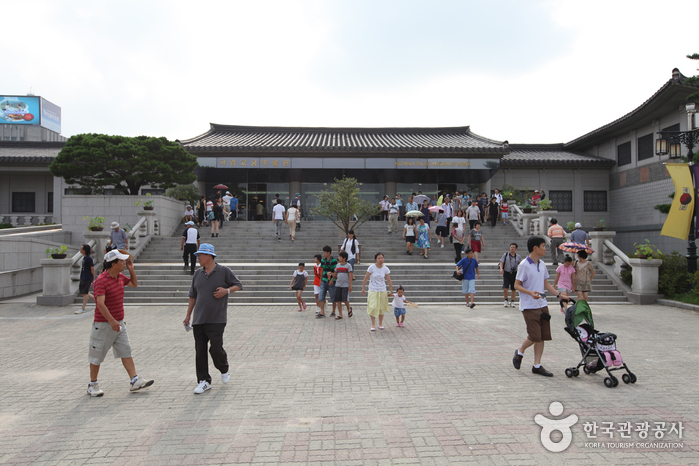
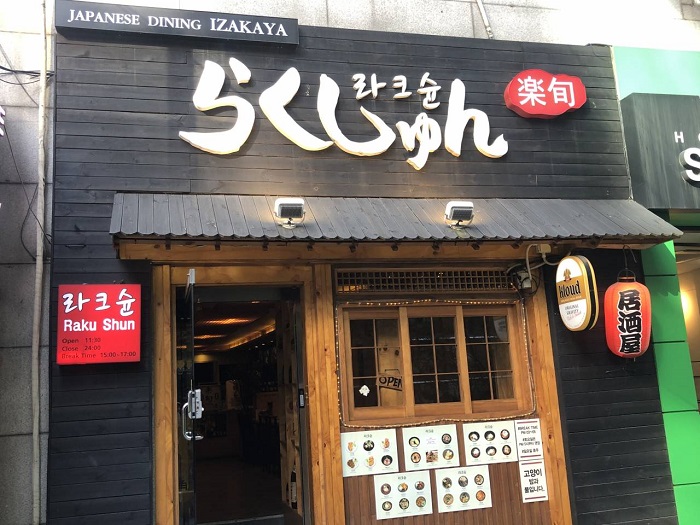
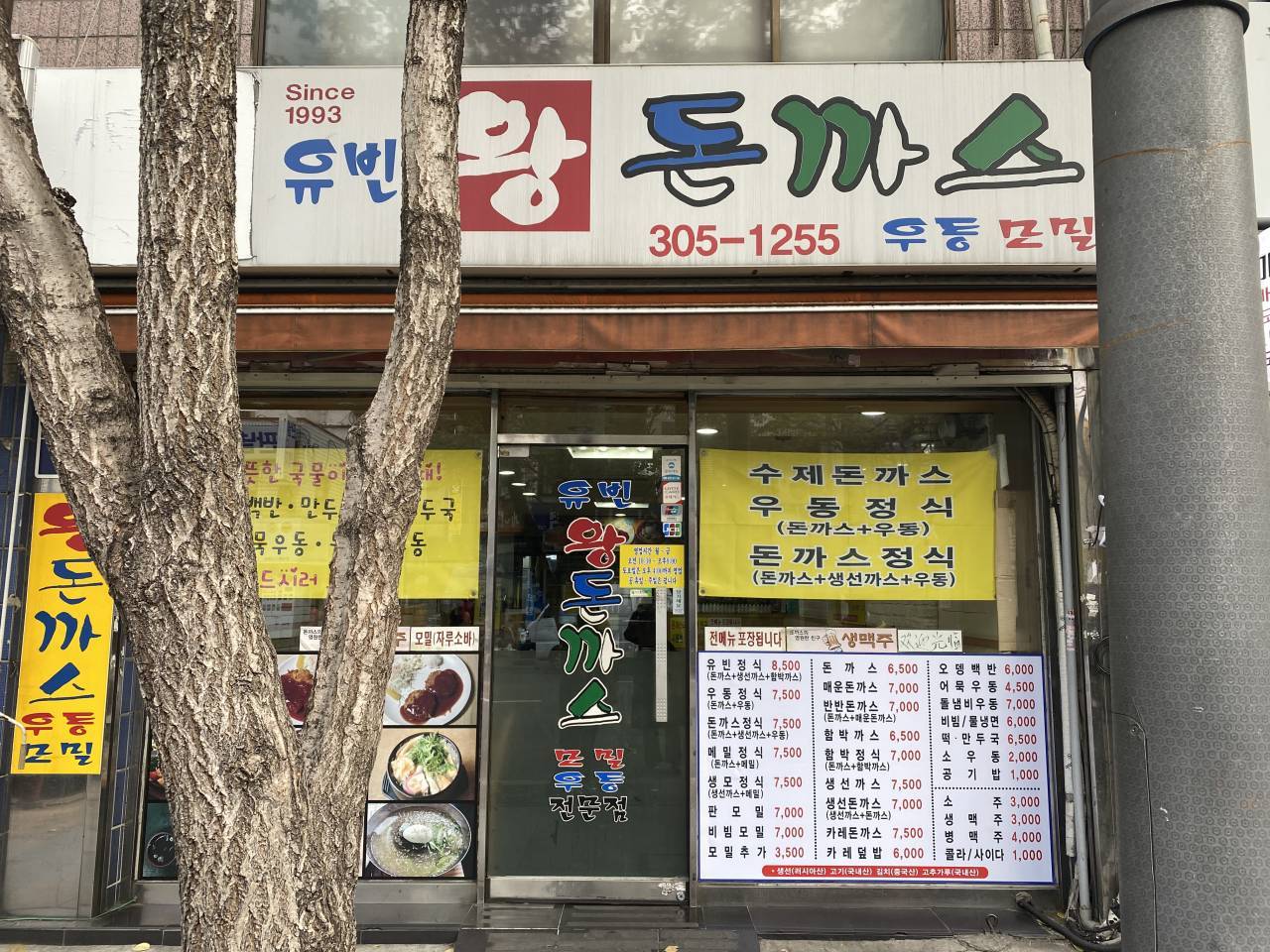

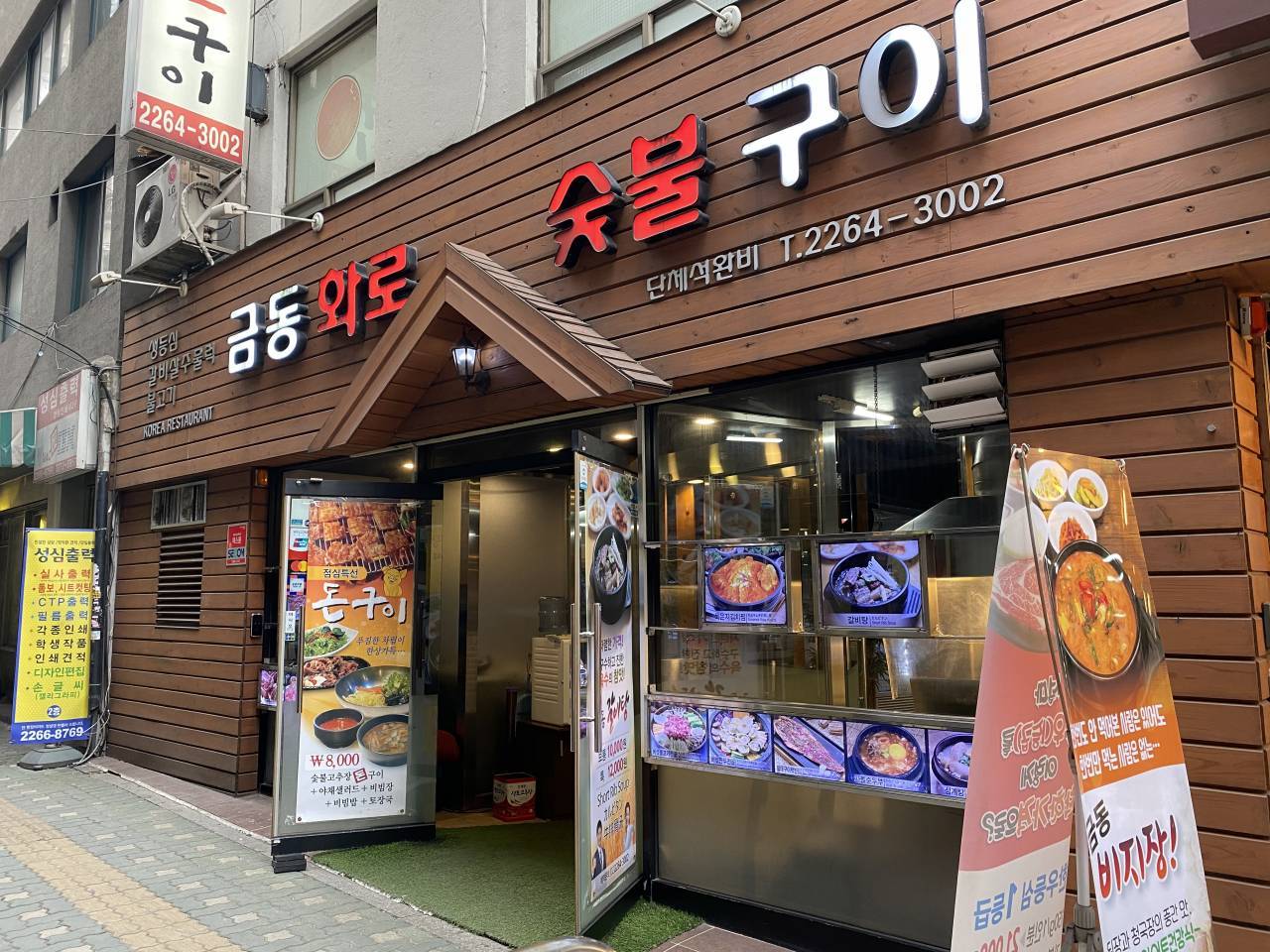
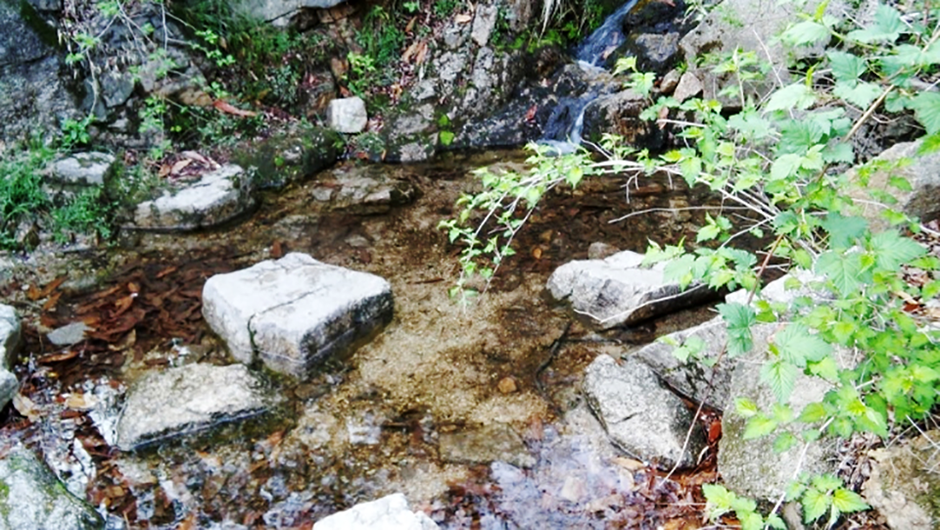
![Seochon Guest House [Korea Quality] / 서촌 게스트하우스 [한국관광 품질인증]](http://tong.visitkorea.or.kr/cms/resource/41/2447241_image2_1.jpg)
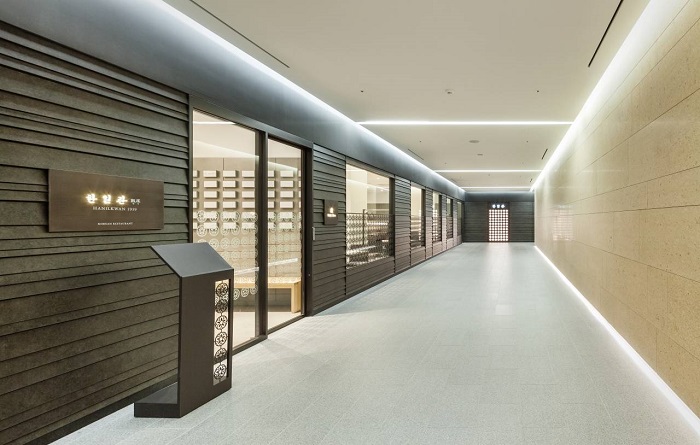
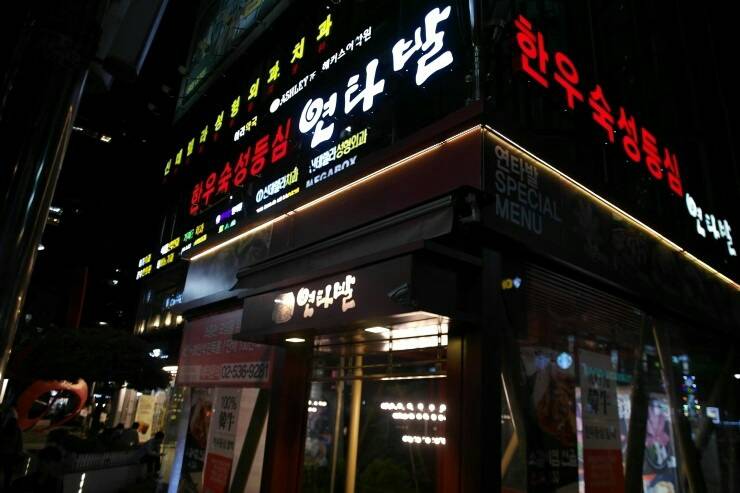
 Français
Français
 한국어
한국어 English
English 日本語
日本語 中文(简体)
中文(简体) Deutsch
Deutsch Español
Español Русский
Русский